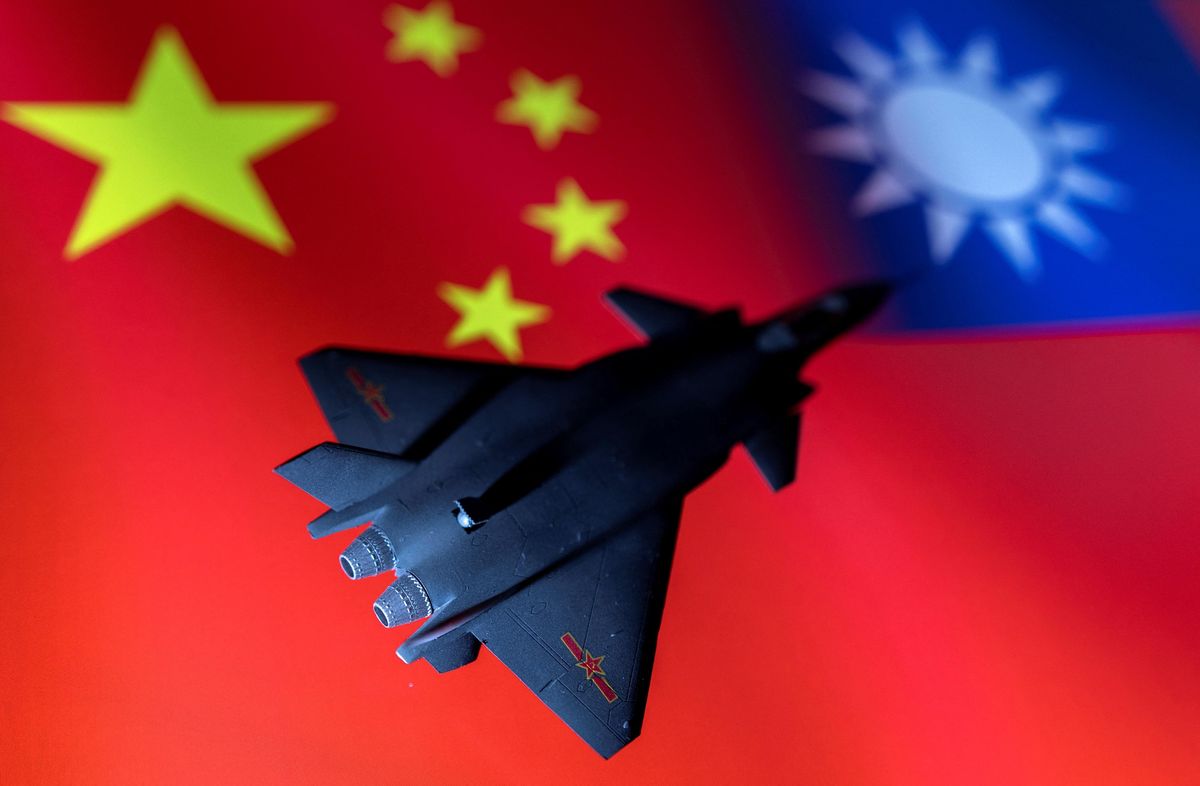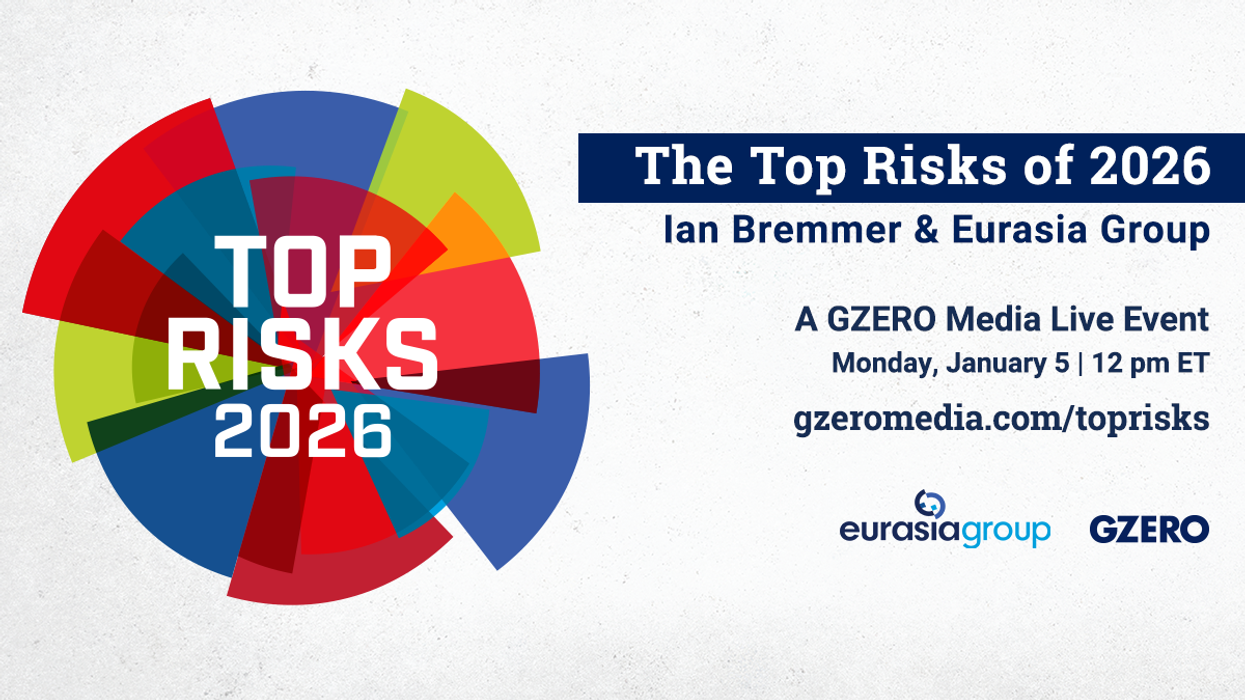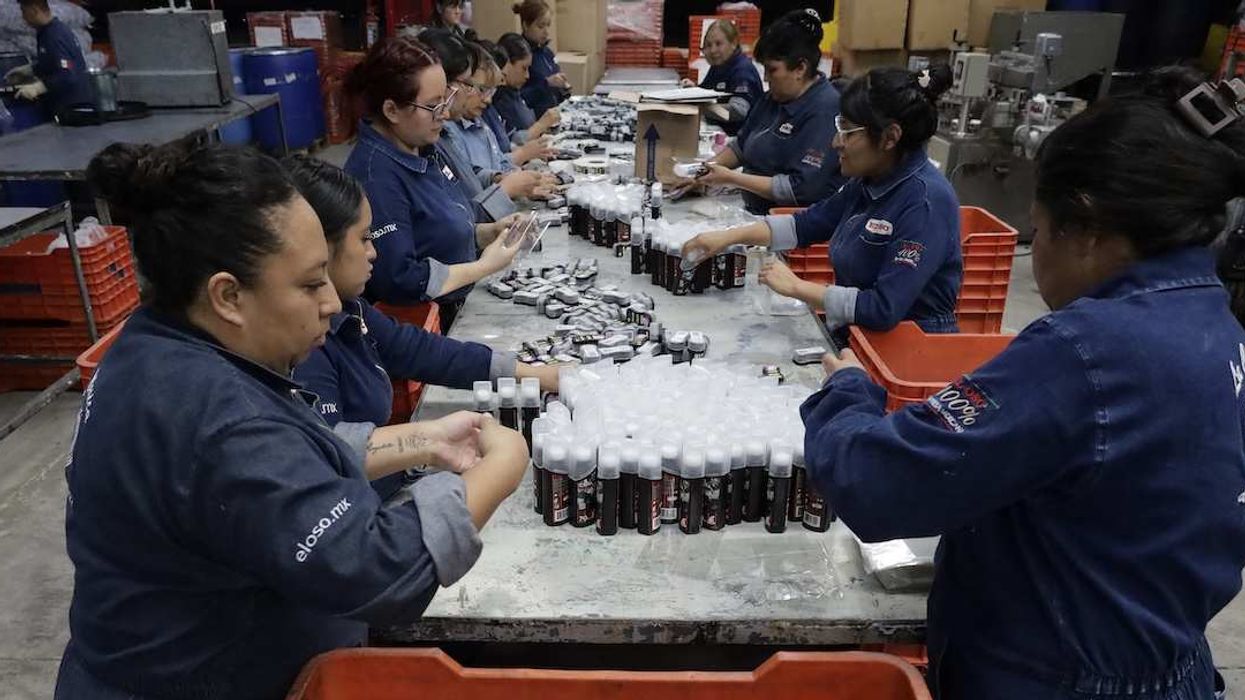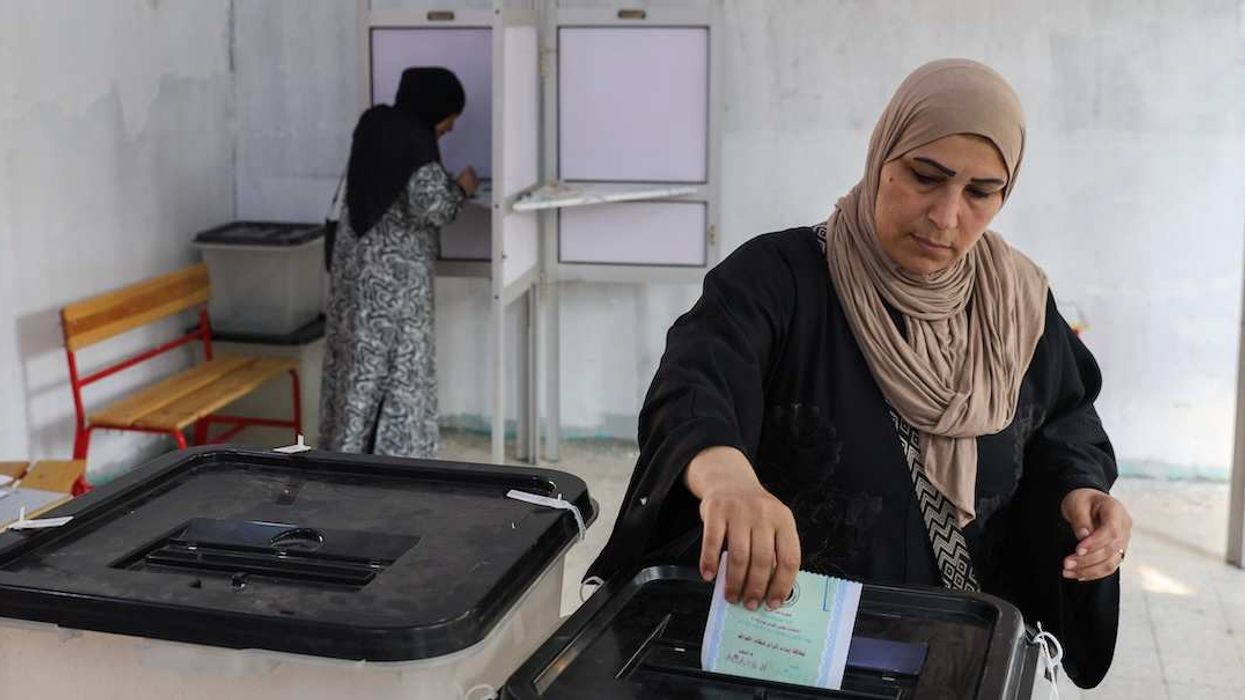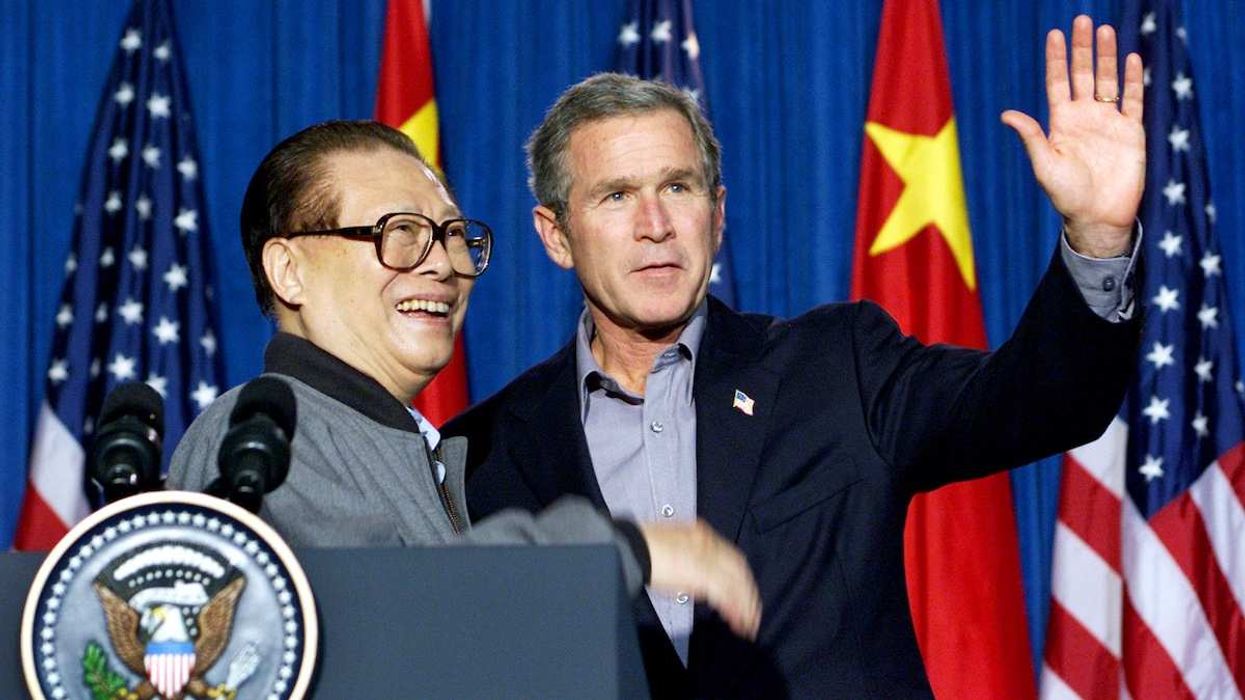US House Speaker Nancy Pelosi’s controversial trip last week to show solidarity with democratic Taiwan made more than a splash.
China’s unprecedented live-fire military exercises have changed the status quo of how far it can breach into territory that the self-governing island controls. Meanwhile, the US tried to manage the crisis without ruffling more feathers, Taipei pushed back with its own war games, and the wider region braced for impact.
China reacted in ways we haven’t seen before. On Sunday, Beijing concluded four days of land-sea-air exercises across seven “exclusion” zones surrounding Taiwan that saw more than 100 warplanes and some 10 ships cross the median demarcation line of the Taiwan Strait, an unofficial buffer zone. China also fired missiles into waters surrounding Taiwan for the first time since the last major US-China standoff over the island in 1996 and carried out a dress rehearsal for a future blockade.
“China's reaction to the Pelosi visit has been substantial,” says Bonnie Glaser, Asia director at the German Marshall Fund in Washington, DC. “It has been aimed at warning the US and Taiwan not to cross Chinese red lines, placating the domestic audience, and cautioning US allies and partners not to join the US in its support for Taiwan.”
And the Chinese are just getting warmed up. To keep up the momentum, Beijing announced fresh exercises around Taiwan starting Monday as well as month-long drills in the Yellow and Bohai Seas, just north of the island and south of the Korean Peninsula.
“Beijing has seized this opportunity to try to change the status quo in the Taiwan Strait,” Glaser adds. “I suspect that in the future its military exercises will periodically take place in close proximity to Taiwan, including in Taiwan's airspace.”
On top of that, Chinese customs officials targeted Taiwanese shipments bound for factories making American goods like iPhones. Beijing also pulled out of talks with the US on military coordination and climate change.
Finally, China’s language for Pelosi and Washington was, as expected, also harsh. At the ASEAN foreign ministers’ gathering in Cambodia, Chinese Foreign Minister Wang Yi described the visit as a “contemptible farce,” saying that the US speaker had shot herself in the foot. Wang’s wolf-warrior diplomats did their thing on Twitter with detailed threads about how America had “hollowed out” the One-China Policy and was pushing for a “law of the jungle.”
Washington managed the crisis cautiously, with some tag-team action between the White House, the State Department, and the Pentagon.
As the Biden administration summoned China's ambassador for the “irresponsible” war games, Secretary of State Antony Blinken — who was on an Asian tour at the time — said that there was "no justification for this extreme, disproportionate, and escalatory military response." And in a rare move, the Pentagon delayed the testing of a nuclear-capable ICBM on Thursday in order to not further escalate tensions with Beijing.
“The Americans are basically trying to manage the fallout as best as they can,” says Raffaello Pantucci, a senior associate fellow at the Royal United Services Institute in London. They were expecting Beijing to react, and they were hoping that it wasn't going to escalate to armed conflict, and it doesn't look like it has.”
Pantucci characterizes the American reaction so far as one of “cautious acceptance.”
“They're hoping that things are going to stabilize back out again, but everyone thinks the US-China relationship has really fallen to new depths, and we're kind of stuck at those depths,” he explains. “At the moment the feeling in Washington is: how do we understand where the bottom really is of this relationship?”
What about Taiwan? China’s war games galvanized the majority opposition to Beijing on the island, which sees itself as distinct from the mainland.
Taipei pushed back, among other things, by calling China’s actions a simulation of an invasion and deploying its military assets to engage the People’s Liberation Army in what was reported to be a game of “cat and mouse.” To match China’s continued exercises, Taiwan will conduct its own. And the government has warned local and international companies to expect cyberattacks from the mainland.
Across the region, US allies and partners showed a clear resolve to stick together. The Australian and Japanese foreign ministers teamed up with Blinken to firmly demand an immediate end to the exercises.
Japan, pulled into the crisis after five of China’s missiles landed in its exclusive economic zone, condemned Beijing’s actions. The Chinese responded by accusing Tokyo and Canberra of supporting American interventionism. However, US ally South Korea stayed away from the fracas by not criticizing China, and President Yoon Suk-yeol was the only leader who refused to meet Pelosi during her five-nation tour.
Meanwhile, perhaps Singapore’s Foreign Minister Vivian Balakrishnan best encapsulated the mood among the smaller Asian countries stuck in the crossfire of the two superpowers.
“We all have skin in this game and … want America and China to get along,” he said in Cambodia. “This is a dangerous, dangerous moment for the whole world.”
But different countries had different stakes. For instance, Glaser says that the Chinese missiles’ landing in Japan’s EEZ “likely reinforced Tokyo's assessment that it has to take measures to deal with the growing Chinese threat.” But not everyone is on the same page.
“The Southeast Asian nations,” she explains, “ are keeping their heads down. The Philippines and Vietnam, and perhaps others, will continue to hedge going forward.”
This comes to you from the Signal newsletter team of GZERO Media. Subscribe for your free daily Signal today.
